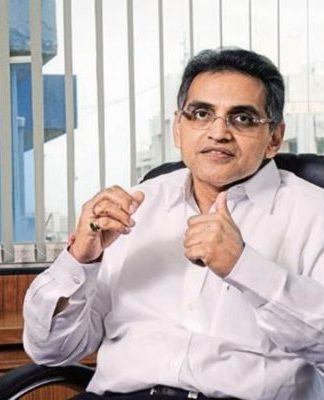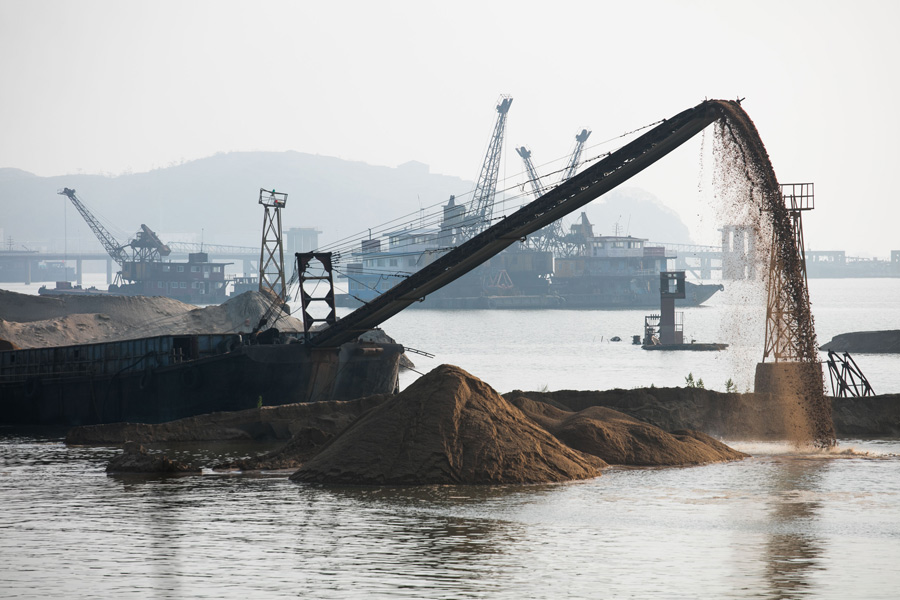COBRAPOST-THE WIRE INVESTIGATION
Milling a Rs 1 Lakh Crore Scam
Rice millers are making thousands of crores, thanks to an official policy which allows them to keep the money from the sale of by-products from paddy procured for the PDS
New Delhi: Taking advantage of the skewed pricing policy of successive governments both at the Centre and at the state level, rice mill owners across India have been literally milling thousands of crores of rupees for themselves through the sale of paddy by-products left over from the rice they process for the public distribution system (PDS).
The by-products of rice milling are bran, husk, broken rice and nooks which enjoy a lucrative market – giving millers high returns on something which they do not have to spend a single rupee to buy. They get them for free.
An audit report by the Comptroller and Auditor General, to which Cobrapost is privy, has put the magnitude of the financial loss to the public exchequer at more than Rs 10,000 crore a year. As this windfall for millers – many of whom are politicians or have political connections – has been continuing for more than a decade, the cumulative losses could be more than Rs. 1 lakh crore. That puts the Great Indian Rice Milling Scam within sniffing distance of the more high-profile and visible 2G and coal scams.
The CAG’s report will be tabled in the winter session of Parliament.
Both Central and state procurement agencies supply paddy to rice mills after buying the same from farmers at standard prices. When a government agency gives 100 kg of paddy to a rice miller, the latter returns 68 kg of parboiled rice (or 67 kg of raw rice) and is paid Rs 87 for his effort. However, he gets to retain the 32–33 kg of by-products, selling them in the open market for whatever price they fetch. According to the Odisha-based Central Rice Research Institute, rice millers on average derive 22 kg of rice husk, 8 kg of rice bran and 2 kg of broken rice from 100 kg of paddy. And over the years, the market for these by-products has become even more lucrative than for rice.
With by-products like these
Paddy by-products find applications in a wide range of industries: power generation, solvent plants, pharmaceuticals, brick kilns and breweries. While rice bran yields oil, cattle and poultry feed, rice husk is used to generate power and its further by product – rice husk ash – has numerous industrial uses including the production of pharmaceutical-grade silica.
Going by the average price these by-products fetch in the market, the rice miller on average rakes in an extra Rs. 169 per 100 kg of paddy – over and above the Rs 87 he earns from the government. Since millions of tons of rice are processed every year, many top-notch millers are developing stand-alone by-products units for a sustainable stream of revenue catering to both the domestic and export markets.
And as the earnings of these private companies mount, so does the loss caused to government in terms of revenue it could have earned if only it put in place a proper pricing policy.
Although the market for these by-products is huge, lucrative and well documented, government agencies treat them as ‘worthless’ and refuse to claim any right over their further processing and sale. No wonder, then, that an evaluation of their market worth is never done. Instead, the contracts and agreements between the government agencies and rice millers give the latter unconditional ‘property rights’ over these by-products.
In its audit report, the CAG criticises the government for its faulty policy of giving millers sole rights over the by-products of paddy. How can rice by-products, which are supposed to be the property of the state, be handed over to mill owners without any compensation, asks the CAG. Of particular cause for concern is the fact that successive governments – led by Atal Bihari Vajpayee, Manmohan Singh and Narendra Modi –persisted with a milling policy that deprives the nation of enormous revenue despite knowing the reality.
The estimates of revenue loss to the government arrived at by the CAG in its audit report stand at more than Rs. 10,000 crore every year. If we calculate the cumulative losses since 2003 – when the current milling policy was formalised – the figures stand at more than a staggering Rs. 1 lakh crore.
Even if government is not bothered about the loss of revenue caused by assigning zero-value to paddy by-products, what is inexplicable is its failure to even tax the additional income that millers earn from the sale of these by-products. Most millers do not show any sales proceeds in their balance sheets; those who do, tend to underreport the value. There are many instances where rice millers have either concealed sales or shown a price well below the market value. For example, while government agencies sell rice bran at Rs. 10 a kg, private rice millers show the selling price at Rs 1–5 per kg. The loss in tax revenue is likely to run into hundreds of crores of rupees. The CAG has not quantified this as it falls under revenue auditing, which is outside its accounting domain.
Whistleblower’s efforts
The rice milling scam would have never been brought to light but for an Orissa-based whistleblower Gauri Shankar Jain who relentlessly pursued the case for almost five years. Thanks mostly to his efforts, the Tariff Commission – the nodal agency under the Ministry of Commerce and Industry mandated with setting prices on the basis of referrals from ministries and departments concerned – began working on a new price mechanism in 2012. Early this year, the Prime Minister’s Office also forwarded Jain’s complaint to the CAG, which decided to take up the issue for scrutiny.
Millers’ stiff resistance
So far, the efforts of the Tariff Commission to put in place a new pricing regime seem to have come to a naught as state governments and rice millers have not provided the data the commissions ought two years ago – so stiff is the resistance from the powerful lobby of rice mill owners who enjoy political patronage.
How ineffective the government’s directives are becomes clear from a Union Ministry of Consumer Affairs letter issued on January 15, 2013 to eight major rice-producing states. “The Tariff Commission was unable to make any recommendation for want of cooperation/information from state government/millers. Subsequently, vide reminders dated 8.1.2013 and 26.03.2013, state governments were again requested to give their comments in the matter. However, no response has been received from any state government in the matter so far. The communication adds, “in case selected millers are not willing to cooperate in the study, then state government concerned will be asked to take appropriate punitive action against them”.
Even then not much headway has been made. Says Joint Secretary in the Ministry of Consumer Affairs, U. K. S. Chauhan, “The ministry is constantly pursuing the matter so that an updated price mechanism comes out soon plugging the loopholes you are talking about. The idea is to create a win-win situation for all the stakeholders. All must understand [that] ministry does not decide on the price. It is the Tariff Commission’s job, and we simply follow that. As long as that is not happening our hands are tied.”
The only reason for this executive helplessness according to Jain is that “a close-knit ‘family’ of government [authorities], politicians and rice millers prefers the status quo. Millers are clearly afraid of losing their monopoly rights over the by-products and a very profitable business if a new policy is put in place.” Sources at the CAG are candid enough to admit that the ‘political will’ needed to re-structure the existing tariff mechanism is completely lacking.
Maybe the government will be forced to act on the CAG report when Parliament commences its session on November 26.























